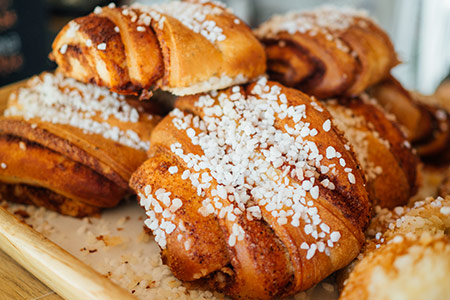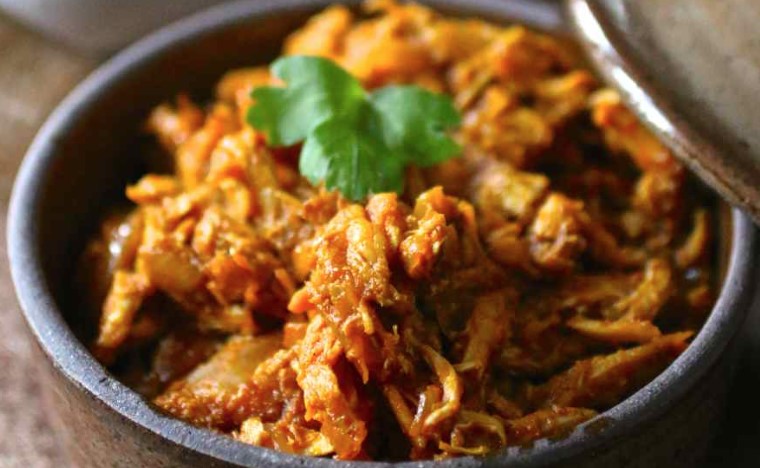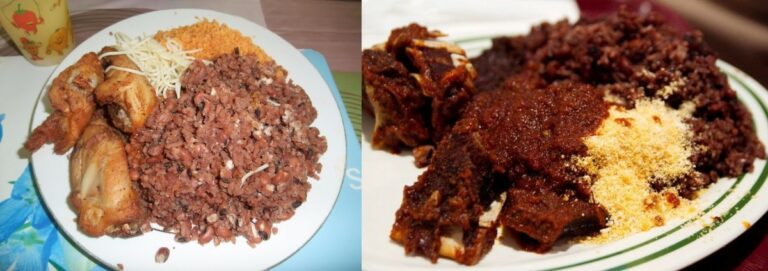The same question every morning: sleep 20 minutes longer or would you rather put on make-up and not scare the boss? Many people are not comfortable in their own skin. But with simple tricks, you will feel good again and emphasize your inner natural beauty.
But what is beauty and who determines what is beautiful? There are many different ideas of beauty in the world. But the most important thing is your own self-image. And you can improve that with a few tricks.
Changing ideals of beauty
What we perceive as beautiful depends on subjective impressions and cultural influences. And the ravages of time or the current fashion industry also influence ideals of beauty and fashion trends. It can quickly happen that you no longer see yourself as beautiful. But you should do something about it. Because in every plug a wonderful person whose inner beauty can be expressed. In addition, it has been found that beauty brings a certain benefit.

Emphasize the inner beauty
The ideals of beauty are changing. And what is considered beautiful in some cultures is disliked in others. Sometimes we also meet people who have incredible charisma. But on closer inspection, we wouldn’t describe it as beautiful. And yet they are admired by everyone. Now the question arises of how you too can emphasize your own natural beauty. With the following tips, you will ensure a satisfied self and natural beauty. And for days when you don’t feel pretty, you can help with the right make-up tricks.
1) Drink lots of water
In order to emphasize you’re a natural beauty, it is important to strengthen your health. Because an unhealthy appearance takes away your attractiveness. Therefore, you should drink enough fluids to promote health. So drink water regularly. If this is difficult for you, drink on a schedule. So set yourself fixed times of the day to drink: morning, mid-morning, afternoon, and evening. And instead of sweets, put a basket with different fruits. In this way, you also ensure beautiful and soft skin.
2) Healthy eating for natural beauty
Not only what we eat, but also how much and when we eat food affects our health. Varied meals and plenty of healthy fruit and vegetables specifically promote natural beauty. Sufficient vitamins and trace elements make the hair look strong and shiny, and avoiding too many chips and chocolate ensures a pimple-free complexion. Alcohol and cigarettes are bad for your skin and the rest of your body, as is fast food. Avoid it as much as possible in order to preserve your natural beauty for as long as possible.
Tricks for natural beauty from within also include nutrition tips for the skin. Your complexion reveals how your health is doing and can in turn be influenced by a healthy diet. Many skin problems indicate disturbed intestinal flora. To ensure a healthy intestinal flora by eating as many alkaline foods as possible. You can get radiant skin if you consume the following nutrients regularly:
- Healthy fats, they are z. B. in avocado, fish, and nuts.
- Omega-3 fatty acids from fish, walnuts, or flaxseed, for example.
- Vitamin B2, as in lean meat, or in dairy products, such as buttermilk.
- More vitamin B2, e.g. in whole grain products and vegetables, such as kale.
3) More exercise in everyday life
Regular exercise is also good for your health. And at the same time, happiness hormones are released. So you should bring movement into your life. Because that can increase your feeling of happiness and that is noticeable in your charisma. Consequently, you can emphasize you’re natural beauty in this way. If you don’t have a sport that you like, it’s enough to go for a walk first. Or try yoga at home.
4) Beauty sleep and enough rest
Being regulated is a prerequisite for your inner beauty. Because only those who are rested can really shine from the inside out. Regular bedtimes allow your body to regenerate and appear fresher, it is not for nothing that one speaks of beauty sleep. Too little sleep or poor sleep quality lead to deep and dark circles under the eyes, which you can hardly completely conceal with make-up. Rest and relaxation are almost as important as healthy sleep, so just read a good book with a good cup of coffee or tea to switch off from everyday stress.
5) Maintaining the exterior
Small but a big wow effect nails, teeth and eyebrows have on your counterpart. Because if these are observed during the usual care routine, this immediately makes a well-groomed impression. So keep your nails clean and beautiful and pluck your eyebrows. Also, remember that proper dental care is important. Because a beautiful smile can enchant your counterpart in a flash. Read our tips on how to remove plaque and whiten teeth naturally.
6) The right haircut and hair care

The hair can also make a significant contribution to underlining the natural and inner beauty. Because the cut and the color can make a face shine. Or conceal problem areas. Therefore, let a hairdresser advise you on the perfect hairstyle. Then take good care of your hair. Also, read about our care tips for beautiful hair and natural home remedies for hair.
7) Humor makes you attractive and beautiful
Furthermore, a positive attitude to life and a good dose of humor is crucial for great charisma. Because humorous people who can approach others with a warm smile almost always appear attractive. On the other hand, the elaborately styled bitch is powerless, who lets the corners of her mouth droop and looks around bored. And if you get wrinkles at some point, then if possible they should be laugh lines. As a result, meet your environment in a relaxed manner and with a good dose of humor. In this way, you emphasize your true beauty and will no longer have any problems flirting in the future.
8) Clothes make the man
But don’t worry, you don’t need expensive designer clothes. In order to emphasize you’re a natural beauty, you should find out which colors suit you. And you should also know which shapes and cuts suit you. In addition, it can be beneficial to match your clothing to the occasion. Because a different dress code is often required in the working world than when visiting friends. As a result, you can limit yourself to neutral tones and clear cuts when it comes to office wear. However, the most important thing is that you feel comfortable in your clothes. Also, note our article on comfortable summer clothing or looking more attractive with colored clothing.









